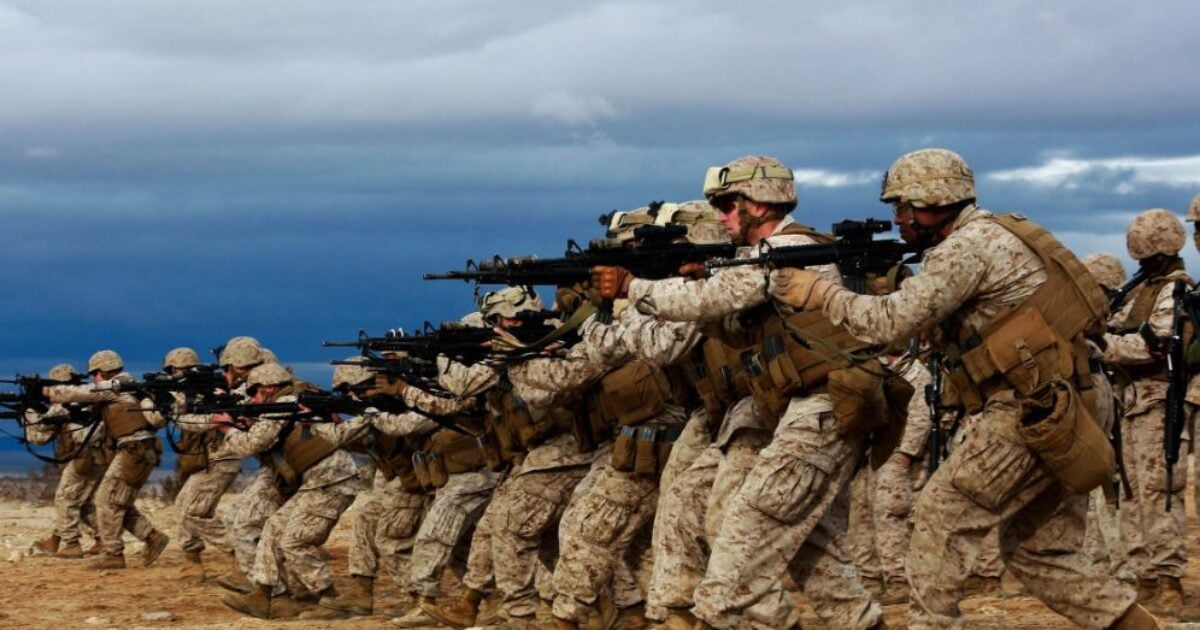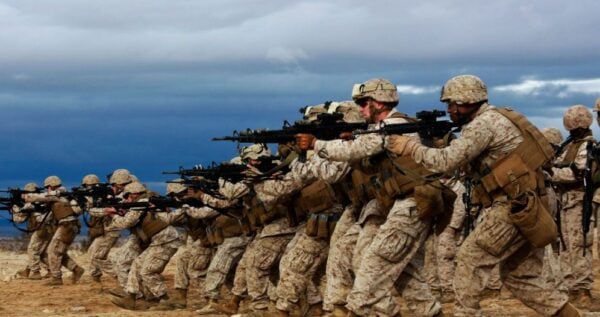Flawed Wargames Imperil National Security


This story originally was published by Real Clear Wire By Paul K.
The post Flawed Wargames Imperil National Security appeared first on The Gateway Pundit.


This story originally was published by Real Clear Wire
By Paul K. Van Riper
Real Clear Wire
The Marine Corps’ current use of wargames is incomplete, faulty and commandeered by recent military leaders to justify their foregone decisions about how to structure the Corps.
With decades of experience supervising the conduct of wargames, as well as participating in a multitude of games, I am troubled that military leaders make critical decisions on the structure and equipping of operational forces based on games that ignored critical warfighting functions.
In an article published in the Marine Corps Times this March, writer Irene Loewenson reported that personnel who ran the Marine Corps Force Design 2030 (Force Design) wargames admit they did not test all seven Marine Corps warfighting functions, including logistics and command and control. Nonetheless, former Commandant General David Berger cited the results of these wargames as support for a fundamental overhaul of the Marine Corps.
I know of no other case where the Marine Corps made important decisions on its future force structure without fully examining the effect on all seven warfighting functions: command and control; fires; force protection; information; intelligence; logistics; and maneuver.
According to Loewenson’s article, a Wargaming Division spokesman indicated the Marine Corps is now attempting to rectify the mistake by belatedly examining logistics and other warfighting functions glossed over in the original Force Design wargames. This sounds like a case of closing the barn door after the horse has bolted. General Berger had already made critical decisions leading to the divesture of weapons and equipment and cuts in force structure.
Loewenson’s article also raises concerns about the combat or force development process.
Properly done, this process begins with the identification of a military problem, then moves to one or more conceptual solutions, which are in turn modified and elaborated upon in workshops and conferences. Only when developers consider an operational concept sufficiently mature do they examine it in a series of wargames to ensure the seven warfighting functions adequately support the concept.
If operational concepts show promise in these wargames, then they undergo further analyses before evaluations in field exercises. Concepts that developers determine mature enough to implement lead to the creation of requirement documents for new or modified doctrine, organizational structures, training programs, material solutions (weapons and equipment), leader development programs, personnel actions and the construction or modification of facilities.
But there is little evidence the Marine Corps used its combat development process to create Force Design.
Rather, there is ample evidence the Marine Corps made decisions to divest weapons and equipment and stand down units before conducting the Force Design wargames. The current Commandant, General Eric Smith, claims the Marine Corps couldn’t wait until the concepts were “totally fleshed-out” before implementing them.
I know of no other case where the Marine Corps short-circuited the combat development process before implementing a concept. Past leaders certainly never made the fundamental, Corps-wide changes that then-Commandant General Berger did from 2019 through 2023.
I have read the 17 pages of notes revealed by one identified and two anonymous individuals involved in the wargames. These officials reported inappropriate manipulation of the games and their results. Their notes contain observations such as these:
- “MCWL [Marine Corps Warfighting Lab] leaders have been pressured to put their ‘thumbs on the scale’ in ways that appear to ‘validate’ early FD [Force Design] decisions […]”
- “FD 2030 is the answer so now figure out how to employ it […]”
- “in short there has been a clear desire to support and shape CMC’s [the Commandant’s] preferred outcomes.”
General Smith stated that the Force Design wargames were “one element in the Corps’ ‘virtuous cycle’ of learning,” but the three whistleblowers who participated in the games maintain the wargames were anything but upright and honest.
In conclusion, the Congressionally mandated independent study (section 1076) of the implementation of Force Design must be thorough and comprehensive. Furthermore, if leaders manipulated these wargames to achieve a certain outcome, they owe it to their Marines and to their country to articulate the consequent risks to national security.
Lieutenant General Paul K. Van Riper is a retired infantry officer whose last assignment was as the Commanding General of the Marine Corps Combat Development Command. While on active duty and in retirement he participated in a host of Joint, Navy, Army, and Marine Corps wargames, most notably as the Red Team leader in Millennium Challenge 2002.
The post Flawed Wargames Imperil National Security appeared first on The Gateway Pundit.
